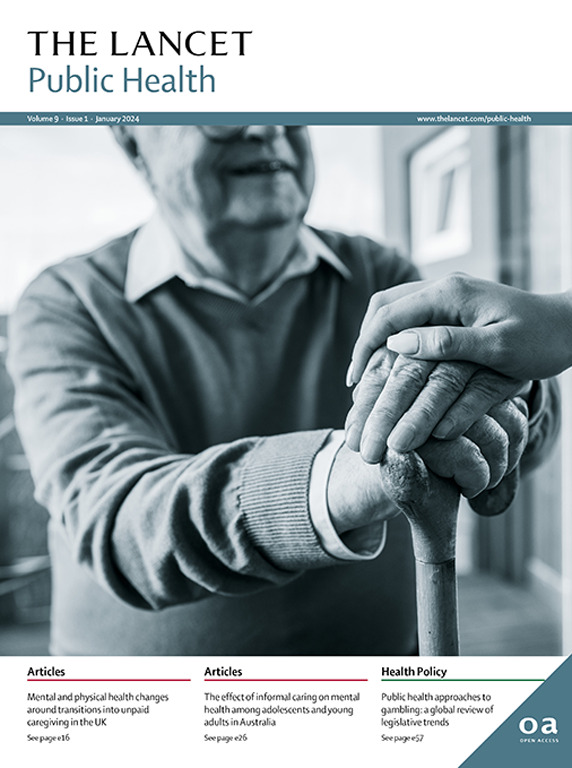中国的糖尿病 第 1 部分:流行病学和风险因素
IF 25.4
1区 医学
Q1 PUBLIC, ENVIRONMENTAL & OCCUPATIONAL HEALTH
引用次数: 0
摘要
中国的糖尿病患病率正在迅速上升。目前,中国是全球糖尿病患者人数最多的国家,约占全球糖尿病患者总数的四分之一。自 20 世纪 70 年代末以来,中国经历了深刻的变化和快速的经济增长,导致生活方式的转变。饮食结构的改变、体力活动的减少以及压力等因素导致超重和肥胖的发生率不断上升,而这些因素是加剧胰岛素抵抗与糖尿病之间联系的重要决定因素。社会和环境因素,如教育、空气污染和接触干扰内分泌的化学物质,也是导致中国糖尿病疫情不断增长的原因之一。中国是世界上人口老龄化速度最快的国家之一,这预示着糖尿病及其并发症的发病率将持续上升。本综述概述了当前糖尿病的流行情况和风险因素,为有效实施公共卫生干预措施以减缓和预防糖尿病在中国的流行提供了证据支持。本文章由计算机程序翻译,如有差异,请以英文原文为准。
Diabetes in China part 1: epidemiology and risk factors
The prevalence of diabetes in China is rapidly increasing. China now has the largest number of people living with diabetes worldwide, accounting for approximately one-quarter of the global diabetes population. Since the late 1970s, China has experienced profound changes and rapid economic growth, leading to shifts in lifestyle. Changing dietary patterns, reduced physical activity, and stress have contributed to the growing prevalence of overweight and obesity, which are important determinants potentiating the link between insulin resistance and diabetes. Social and environmental factors, such as education, air pollution, and exposure to endocrine-disrupting chemicals, have also contributed to the growing diabetes epidemic in China. The country has one of the fastest ageing populations in the world, which forecasts continued increases in the prevalence of diabetes and its complications. This Review provides an overview of the ongoing diabetes epidemic and risk factors, providing evidence to support effective implementation of public health interventions to slow and prevent the diabetes epidemic in China.
求助全文
通过发布文献求助,成功后即可免费获取论文全文。
去求助
来源期刊

Lancet Public Health
Medicine-Public Health, Environmental and Occupational Health
CiteScore
55.60
自引率
0.80%
发文量
305
审稿时长
8 weeks
期刊介绍:
The Lancet Public Health is committed to tackling the most pressing issues across all aspects of public health. We have a strong commitment to using science to improve health equity and social justice. In line with the values and vision of The Lancet, we take a broad and inclusive approach to public health and are interested in interdisciplinary research.
We publish a range of content types that can advance public health policies and outcomes. These include Articles, Review, Comment, and Correspondence. Learn more about the types of papers we publish.
 求助内容:
求助内容: 应助结果提醒方式:
应助结果提醒方式:


